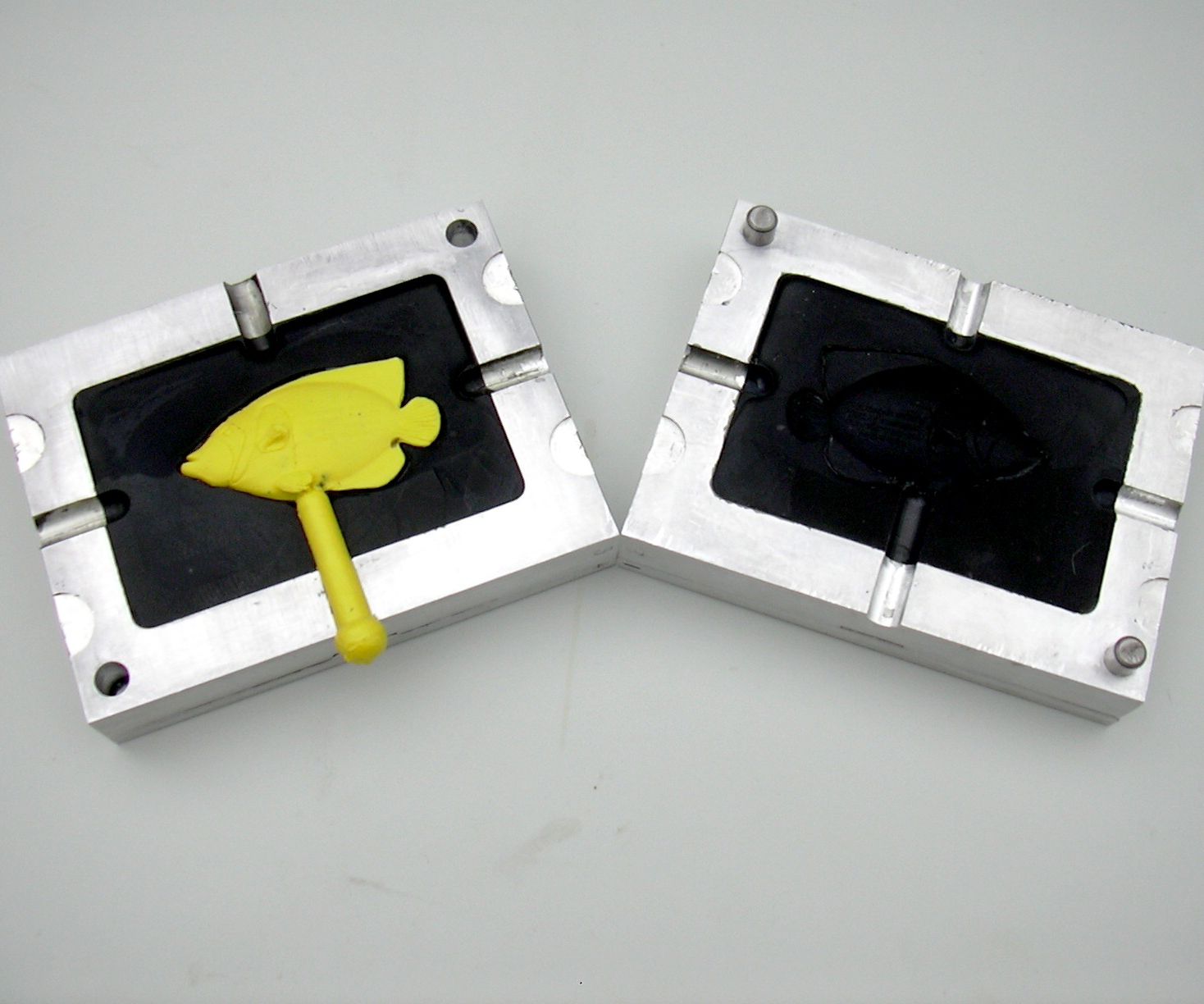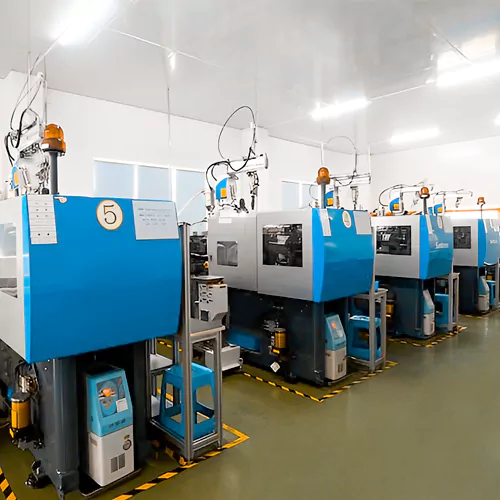The Future of Plastic Shot Molding: Fads and Innovations to Watch
As the plastic shot molding industry advances, a number of essential fads are emerging that guarantee to reshape its landscape. Automation and wise manufacturing techniques are established to improve productivity, while the change towards sustainable products shows an expanding environmental consciousness. Moreover, developments in 3D printing are leading the means for unprecedented design flexibility. Nonetheless, these advancements additionally bring forth difficulties that call for mindful factor to consider. Comprehending how these components will certainly engage and influence future practices is vital for stakeholders seeking to navigate this transformative duration efficiently.
Automation and Smart Production
As the plastic injection molding market progresses, automation and wise production are taking spotlight, transforming production processes - Plastic Injection Molding. The combination of sophisticated innovations such as robotics, IoT (Internet of Points), and expert system is making it possible for makers to improve performance, minimize functional expenses, and boost item quality. Automated systems simplify process, minimizing hands-on treatment and increasing throughput, which is important in fulfilling the rising need for rapid production cycles
Smart producing modern technologies promote real-time surveillance and data evaluation, permitting firms to maximize maker performance and predict upkeep requirements. This proactive approach not just decreases downtime yet additionally expands the life-span of equipment. Furthermore, using joint robots, or cobots, enhances the adaptability of manufacturing lines, allowing equipments and workers to run side-by-side safely and successfully.
The adoption of automation in plastic shot molding is not merely a trend however a strategic vital for services aiming to stay competitive in a worldwide market. By harnessing these modern technologies, producers can accomplish higher precision, decrease waste, and adjust quickly to changing consumer demands, positioning themselves for sustainable development in a significantly automatic future.
Lasting Materials and Practices
The push in the direction of automation and wise manufacturing has led the way for a greater emphasis on sustainable products and practices within the plastic injection molding industry. Business are increasingly looking for environmentally friendly choices to conventional petroleum-based plastics, leading to the adoption of bio-based and recycled products. These sustainable materials not just reduce environmental influence yet likewise line up with customer need for greener products.

Additionally, collaboration in between makers, product distributors, and ecological organizations is promoting innovation in the development of lasting materials that satisfy performance criteria without compromising top quality. As regulations around plastic usage become more stringent, the industry is poised to adjust by embracing these sustainable strategies, making certain lasting practicality and decreasing dependence on non-renewable resources. The combination of sustainability right into plastic injection molding is not merely a trend; it is becoming a crucial part of company responsibility and functional quality.
Breakthroughs in 3D Printing
Recent innovations in 3D printing innovation are significantly changing the landscape of plastic injection molding. The combination of additive production procedures allows for the quick prototyping of intricate geometries that were difficult or once challenging to attain through traditional approaches - Plastic Injection Molding. This ability not only accelerates item advancement cycles yet likewise lowers material waste, lining up with the expanding need for sustainable manufacturing practices
In addition, the development of crossbreed manufacturing techniques, which combine 3D printing and injection molding, supplies manufacturers the capability to create intricate layouts while preserving the efficiency of automation. This approach makes it possible for the production of tailored components tailored to certain client requirements without giving up the rate and scalability that injection molding offers.
Furthermore, innovations in materials, such as high-performance polymers and composites especially developed for 3D printing, are enhancing the functional abilities of published elements. These products can endure better stress and exhibit improved thermal buildings, making them ideal for more demanding applications.
As 3D printing remains to progress, its assimilation into plastic shot molding processes guarantees to enhance performance, lower expenses, and foster innovation in product style, placing manufacturers to better meet the challenges of a competitive market.
Information Analytics and IoT Integration
Information analytics and the integration of the Web of Points (IoT) are revolutionizing plastic injection molding by providing manufacturers with unprecedented understandings right into their procedures. By leveraging real-time data collected from interconnected machines and sensors, makers can monitor performance metrics, recognize inadequacies, and enhance production processes. This data-driven approach promotes anticipating maintenance, reducing downtime and expanding tools life expectancy.
Additionally, IoT integration permits boosted quality assurance. By continuously tracking variables such as temperature level, stress, and cycle times, makers can swiftly identify variances from established criteria and make you can find out more modifications in actual time. This not just boosts item consistency but also decreases waste and scrap rates.
The fusion of information analytics and IoT technologies additionally empowers makers to adopt even more dexterous manufacturing strategies. With accessibility to thorough information analytics, companies can react to market needs with greater adaptability, adjusting manufacturing timetables and configurations as required. This adaptability is crucial in a swiftly changing production landscape.

Customization and Design Versatility
How can personalization and layout versatility improve the competitiveness of plastic injection molding? In an increasingly diverse market, the capacity to use tailored solutions is extremely important. Customization allows producers to fulfill particular client needs, suiting unique dimensions, forms, and performances that conventional products might not fulfill. click resources This versatility not only fosters client commitment yet likewise opens avenues for brand-new service chances throughout numerous markets, from automobile to consumer items.
Improvements in design modern technologies, such as computer-aided style (CAD) and quick prototyping, additional bolster this pattern. These tools allow designers to produce intricate patterns and intricate geometries, which can be seamlessly integrated right into the production procedure. Consequently, makers can react quickly to transforming consumer preferences and market needs.
Additionally, the execution of modular tooling systems boosts design versatility, enabling quicker adjustments between different item designs without comprehensive downtime. This flexibility can result in minimized preparations and lower production expenses, making firms more affordable and agile. Eventually, welcoming modification and design versatility in plastic shot molding not just boosts product offerings but likewise enhances market positioning in an ever-evolving landscape.
Verdict
The future of plastic shot molding is characterized by significant developments in automation, lasting methods, and innovative materials. The integration of IoT and data analytics will improve operational effectiveness and anticipating upkeep. Moreover, the fostering of bio-based and recycled materials, together with progression in 3D printing, will foster sustainability within the industry. Modification with modular tooling and fast prototyping will allow producers to remain competitive and responsive to the vibrant demands of the market.

The future of plastic injection molding is defined by substantial advancements in automation, sustainable methods, and innovative materials.